PFDRs putting clients first – Alexandra Hirst writes in TL4 HNW Divorce Magazine
Written by
A Private Financial Dispute Resolution (PFDR) hearing offers a confidential and structured opportunity to settle financial matters without proceeding to a final court hearing.
Unlike a court-based FDR, a Private FDR is arranged and paid for by the parties, mirroring a court-based FDR. The key benefit is flexibility: the parties choose the judge, venue, and timing, and it allows more time than a court-listed FDR. Clients should be given the opportunity to seize on this flexibility to resolve disputes as quickly and efficiently as possible.
Such hearings have become commonplace, and it is easy for practitioners to underestimate that it remains a momentous and potentially daunting occasion for clients. Remembering to address certain – some perhaps obvious and simple practical – points can significantly improve the client’s experience and promote a productive outcome.
What is a Private FDR?
Clients need to be aware that a PFDR is a voluntary, out-of-court settlement hearing in which a mutually agreed-upon specialist (often a retired judge or senior barrister) gives an impartial, non-binding indication as to the likely outcome of the case. This gives both parties a realistic view of what might happen at a final hearing and encourages settlement.
Without prejudice — What does it mean?
It is all too easy to assume the client has understood legal jargon when they have not. They need to understand the without prejudice nature of the day, namely:
- Settlement options can be explored without fear that these offers will be used against them later
- The judge’s indication is non-binding and cannot be relied upon in later court proceedings
- If no agreement is reached, you effectively reset for the final hearing
This gives everyone the freedom to engage in genuine negotiations, take calculated risks, and speak openly — all in the pursuit of resolution. Recent cases remind practitioners that nothing which takes place during the FDR (including reference to the behaviours, approach or time of leaving) should be referred to openly following the hearing.
Choosing the right judge
Choosing the right FDR judge for the case is vital and clients need to be involved in the decision-making process from the outset rather than it being presented as a fait-accompli; they will need to have confidence in their view if they are to be expected to listen to and act upon their indications. The judge must be:
- Appropriately senior to the barristers acting for each party
- Have a specialist knowledge in the issues of the case (for example, trusts, nuptial agreements and so on)
- Impartial and trusted by both parties
The client should appreciate that it is not unusual for both sides’ legal teams to agree on a shortlist and then jointly appoint the chosen individual.
Location and practical arrangements
Private FDRs are typically held at barristers’ chambers, solicitors’ offices, or other neutral venue. Without wishing to state the obvious, clients need to be clearly informed well in advance of the hearing about:
- The full address of the venue
- Directions (including for public transport or parking)
- Security or access procedures
- Travel time and arrangements
It is all too easy to assume a client knows their way around the Inns of Court, for example, when the reality is that most people will not have set foot in such a location and may feel completely at sea amongst everything else that is going on. Clients need to leave adequate time to arrive calmly and prepare. Late arrival can lead to unnecessary stress on an already important day and set the day off on a negative footing.
Most family lawyers will have experience of clients who will not engage with the notion of the hearing taking place in the offices of the solicitors of their spouse. This may be foolhardy when that location may be able to host the day much more comfortably. Insistence that a hearing take place in a 17th century listed building in a heatwave rather than a modern air-conditioned office does not make for a happy hearing.
That said, both parties need to feel comfortable and solicitors on both sides need to have an open and realistic conversation about this topic, which feels basic but is important to clients.
Understanding the role of counsel
Unless forewarned, it can be unsettling to clients to learn at short notice that both barristers (and even the judge) might be from the same chambers. This is of course not unusual and does not mean there is any conflict of interest. Clients should be briefed about the fact that chambers are simply professional organisations that house barristers; they operate independently in their individual cases and their own barrister is entirely loyal to them however well they know their opposite number.
What happens on the day?
Clients should be briefed on the structure of the day prior to the hearing, including understanding that each “side” and the judge will have their own private room and that everyone will come together in the same room for the hearing and indication elements of the day. The clients should have some authorship over the seating arrangements and usually the room will be set up so that the parties do not have to face each other directly.
The day will almost always commence with meeting with the client, solicitor and barrister to discuss strategy and any new developments. Most judges will (and should) also come and introduce themselves and explain how the day will run. It is also a good idea to show the client the room in which the hearing will take place so they are not seeing it for the first time when they enter the room, full of lawyers and their soon-to-be ex-spouse.
Clients should be briefed on the order of who will speak and the fact that following submissions the judge will then take some time to consider matters and present their indication, hopefully then triggering the commencement of productive negotiations. The day can last from late morning until the early evening — sometimes longer. The client should be fully aware of this to ensure they have planned suitable childcare, accommodation and have mentally prepared for a demanding day.
Taking breaks and basic self-care
The FDR day can be long and intense. There may be lengthy periods of waiting, reviewing proposals, or private discussions. The client should be aware that they can and should take breaks at any point if they need and they should be encouraged to step outside, get fresh air and eat. This is fundamental to clear the mind and avoid making hasty decisions; it does not help anyone if a client becomes overwhelmed.
Clients should be encouraged to ask questions and the lawyers should check in with them throughout the day to ensure they have understood each element of the proposals.
If the day has simply become too much, it should be brought to a close with negotiations continuing on another mutually convenient date or in solicitor correspondence.
Appreciating that, in complex cases, negotiations frequently do not get going until around 2pm, practitioners often book the FDR to run over two days from the outset which represents good planning. This should be considered particularly where clients have travelled long distances or even from overseas to attend. It is also worth going into the day with the further availability of all involved in case a subsequent roundtable meeting needs to be arranged to continue settlement discussions. Parties should not give up on the progress made.
Final thoughts
A Private FDR is a powerful opportunity to resolve financial disputes constructively and confidentially. While the day can be emotionally charged, careful preparation, engendering trust in the professionals, and a clear understanding of the process can make a significant difference.
By keeping these points in mind, you will be better able to equip your client to navigate the day with confidence — and hopefully, walk away with a resolution that brings closure and clarity.
This article was first published by ThoughtLeaders4 in the High Net Worth Divorce Magazine, Issue 22.

